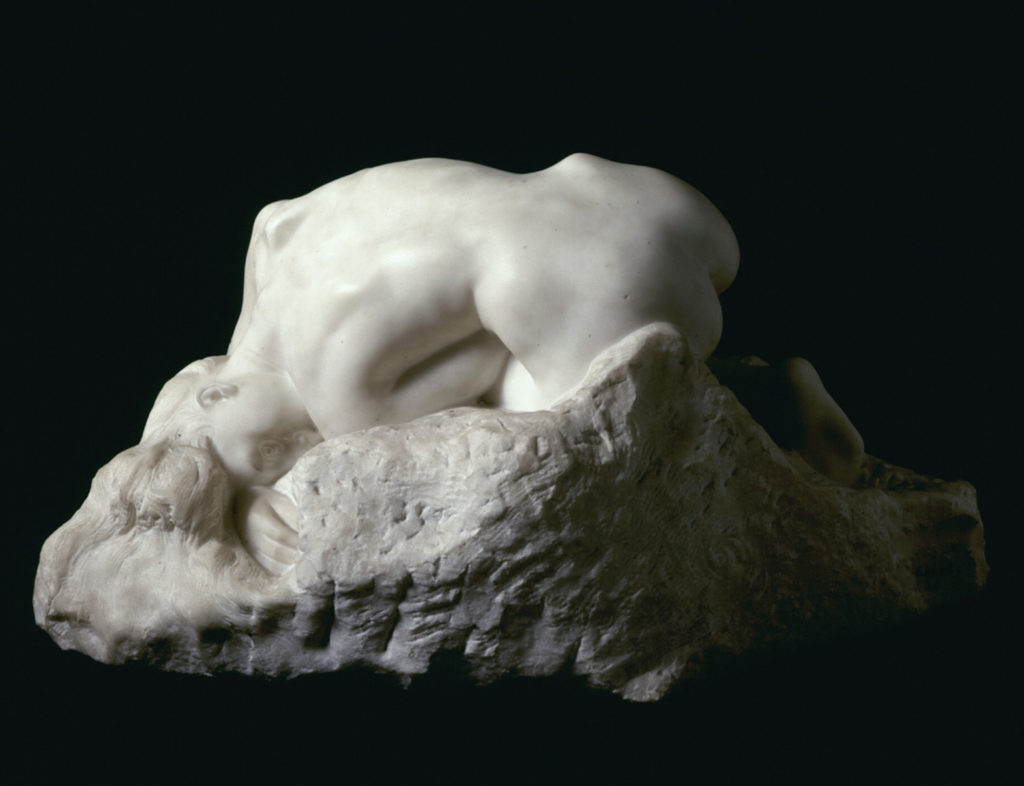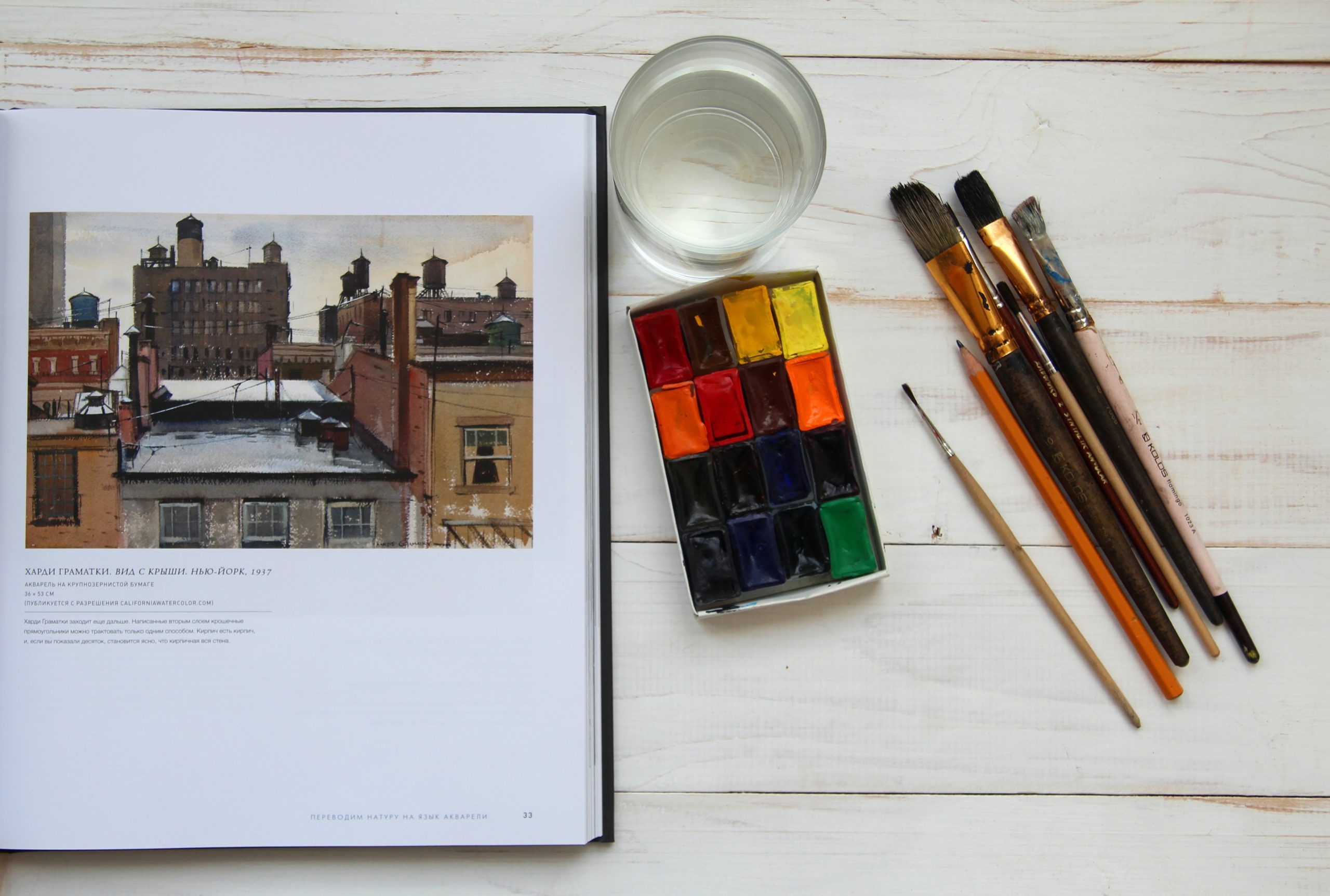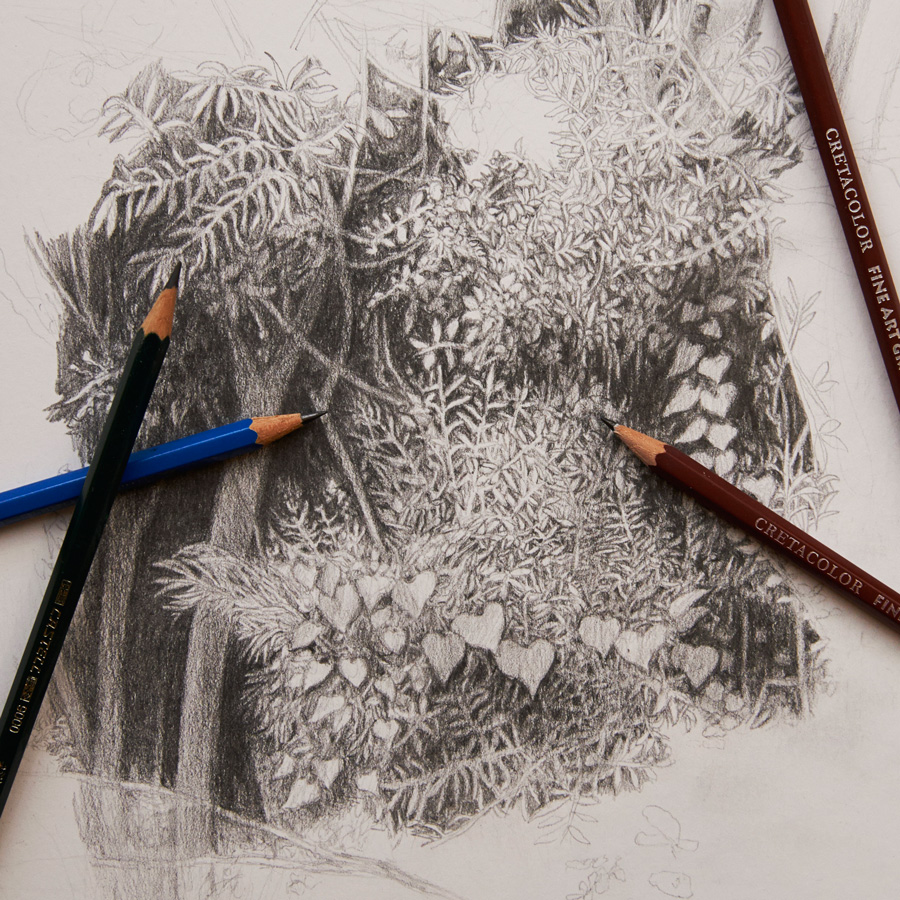When it comes to starting work in sculpture, we encounter different methodological proposals that rest on various conceptions of what art is and what its objectives are.
Our workshop is fundamentally based on the teachings of the great sculptor Auguste Rodin, combined with other influences such as the Bauhaus.
The Foundation of Art for Rodin is Nature, a sovereign master and infinite perfection. In it lies the Truth, the beginning and end of his mission
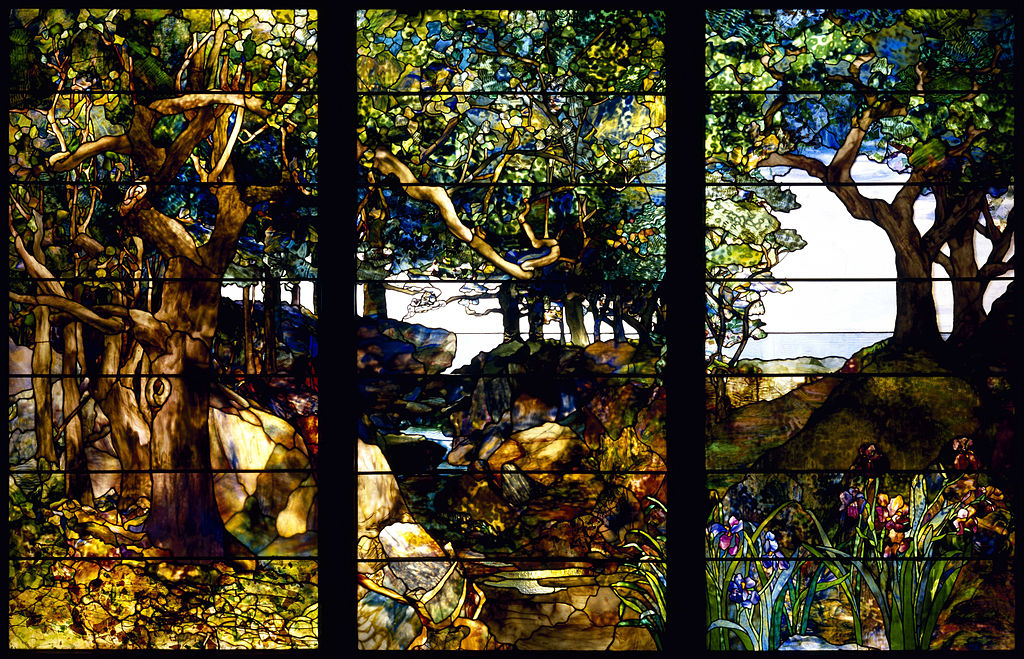
Artistic glass today
Part one: The Glass Window
The artistic crafts related to glass are mainly related to stained glass, although there are other expressions that use this material, such as sculpture.
Stained glass windows were used until the nineteenth century mainly by churches, for decorative and educational purposes.
It was then that the Arts & Crafts movement recovered this material to take it to the civilian sphere, not only in the form of stained glass, but also in design objects: jewelry, lamps, sculptures, etc.
This influence had a clear impact on Art Nouveau, whose Catalan version is Modernism, which had a great development in our region.
Great artists such as Toulouse-Lautrec and Chagall designed incredible stained glass windows.
Louis Comfort Tiffany was one of them, who also created a new technique for assembling glass pieces, especially useful for achieving volumes. He also investigated the manufacture of new glass, which imitated semiprecious stones, achieving a variety of colors never seen before.
Other great artists have let their works go through the magic of light, as Matisse, Léger, Pierre Soulages, the extraordinary Narcissus Quagliata, or the unmistakable Dale Chihuly.
Architects such as Le Corbusier, Frank Lloyd Wright, Oscar Niemeyer, Jean Nouvel, or Norman Foster, have also used glass in a functional way, taking advantage of its expressive characteristics.
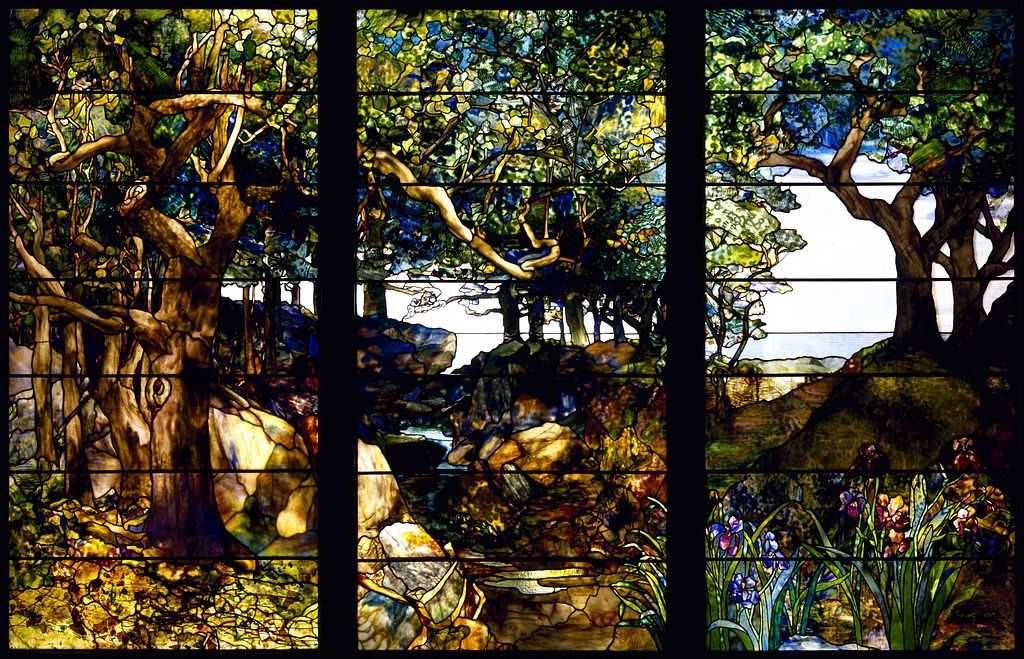
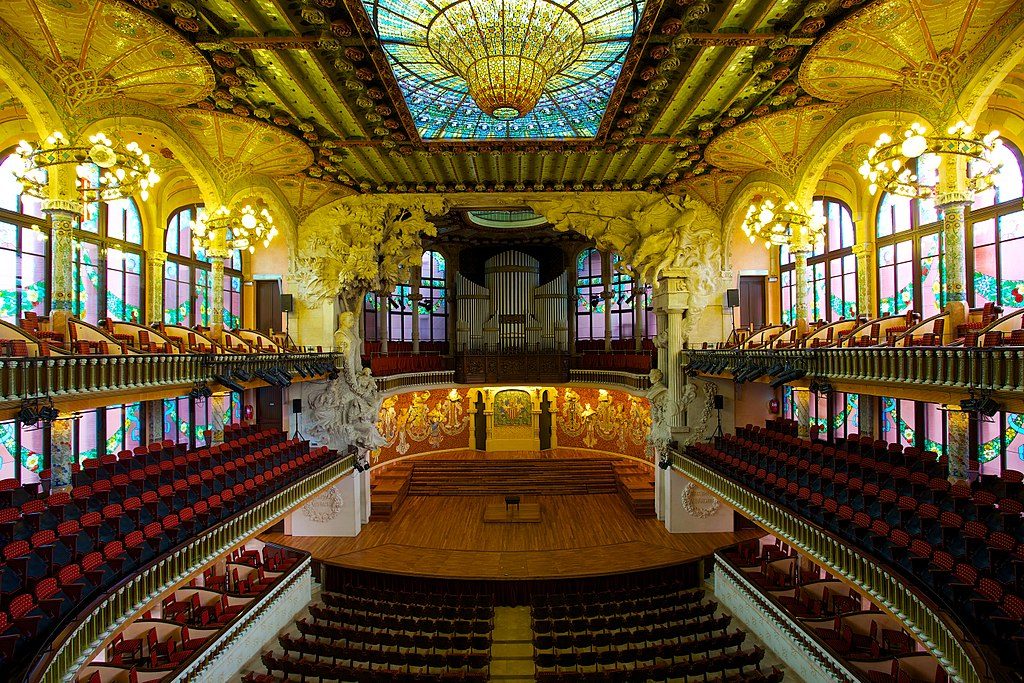

Thus, today, two techniques are mainly used: traditional leaded glass and the Tiffany technique.
In the first case it is the assembly of the glass pieces through a flexible lead pipe, following the patterns of a previous design. Some of the stained glass requires prior painting of the pieces with enamel or grisaille, which will then be baked to achieve the necessary effect.
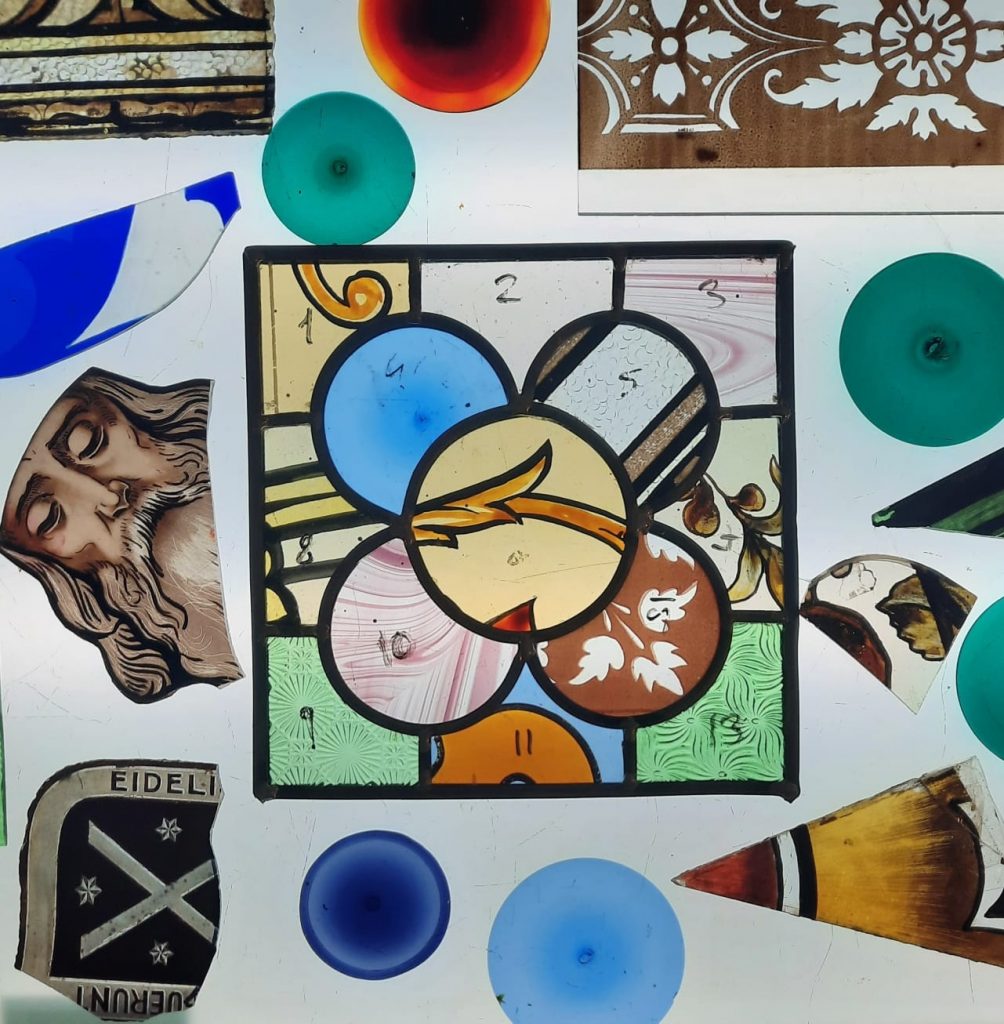
The Tiffany technique uses another system to join its pieces: it surrounds them with a self-adhesive copper tape and then solders them with tin. This makes it possible to achieve thinner solder joints that are especially useful when we want to work with smaller pieces.
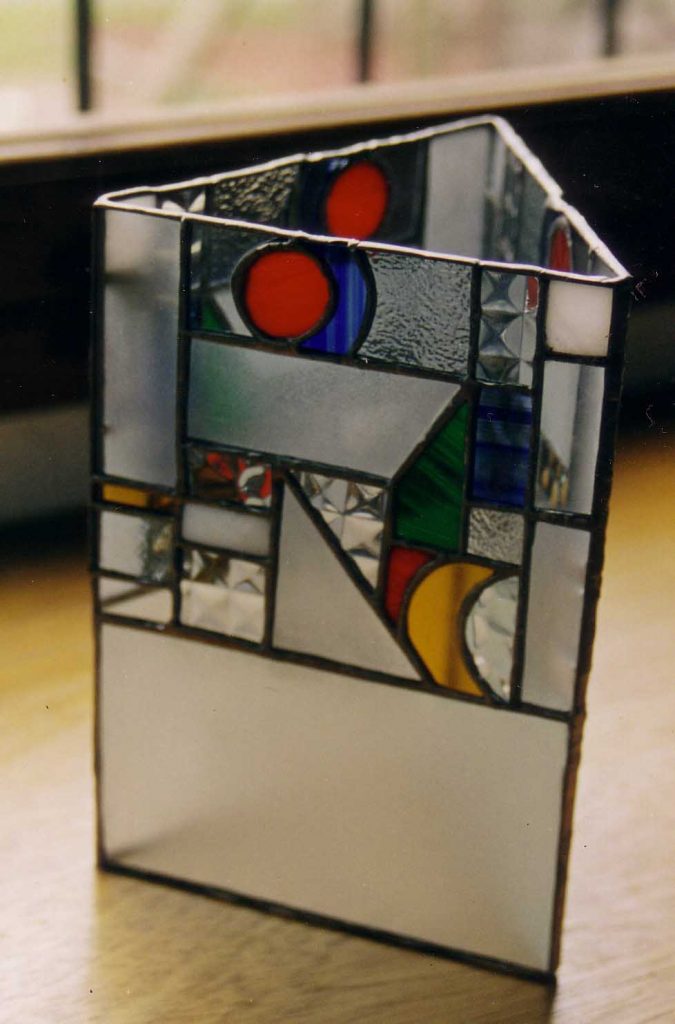
In our workshop you can learn both methods in regular or intensive classes. You can also give a course as a gift to whoever you want.
No previous experience is necessary.
Our idea is not only to teach the necessary technical skills, but once achieved, to turn them into your own creative expressions.
Ask for information without commitment to start at any time of the year.




